How to Catch Smallmouth Bass with Tubes
Smallmouth bass love tubes. Called gitzit baits during the 1980’s and 90’s, they were underground until Denny Brauer won the Bassmaster Classic with them in 1998 on High Rock Lake by flipping them into wood structure for largemouth bass. But smallmouth bass anglers knew well beforehand the effectiveness of them for the strongest pound for pound freshwater fish – the smallmouth bass. So what is there to know about catching smallmouth bass with tubes?

Catching Smallmouth Bass with Tubes
A tube is not much to look at. It is slender, hollow, and one half is shredded into tentacles. Yet, it catches hordes of smallmouth. As it sinks, it spirals. Once on the bottom, the tentacles move enticingly to mimic crawdads. Smallmouth are notorious crawdad eaters. It takes little effort to create motion of the tentacles. In fact, I let the weather do it for me.
Proper Retrieval for Catching Smallmouth Bass with Tubes
My belief is on most days the wind dictates the ecosystem. If it is windy, it is active. If conditions are calm, so is the ecosystem. Thus, on breezy days, I “snap” my tube off the bottom to match the activity level of the ecosystem. It is always the goal to mimic the food chain as accurately as possible, and that includes movement. Snapping the tubes involves letting it settle on the bottom. With a “little” slack in the line, point the rod tip towards the tube and whip it 3-4 feet towards you. Repeat. The slack is important, because it will cause the tube to dart instead of fly towards the boat.
In calm conditions, I hardly do anything. Almost painfully slow, I drag it along the bottom to mimic a slow moving crawdad. Keeping contact with the bottom is critical. It is my belief that many fish follow the bait, or come up to inspect it before biting. Watch this two minute video to get the idea.
Tackle for Catching Smallmouth Bass with Tubes
Tube fishing is considered a finesse tactic. It shines in clear water, but can work in stained water as well. Fluorocarbon line excels with tubes because of the need to keep bottom contact. It is the only fishing line that sinks. It is also less visible to leery bass. Almost always, I use 8-pound test. On fisheries with larger fish and obstructions like rocks, I will beef it up to 10-pound test. Spinning rods work best for line diameter this small (How to Choose the Right Fishing Rod). A 7’ Medium or Medium Heavy rod gets my nod, but a fast tip is necessary. The fast tip increases casting and is forgiving of big fish making hard, unexpected runs. I actually use a rod made for wacky rigged worms by McCain Fishing; model S842M.
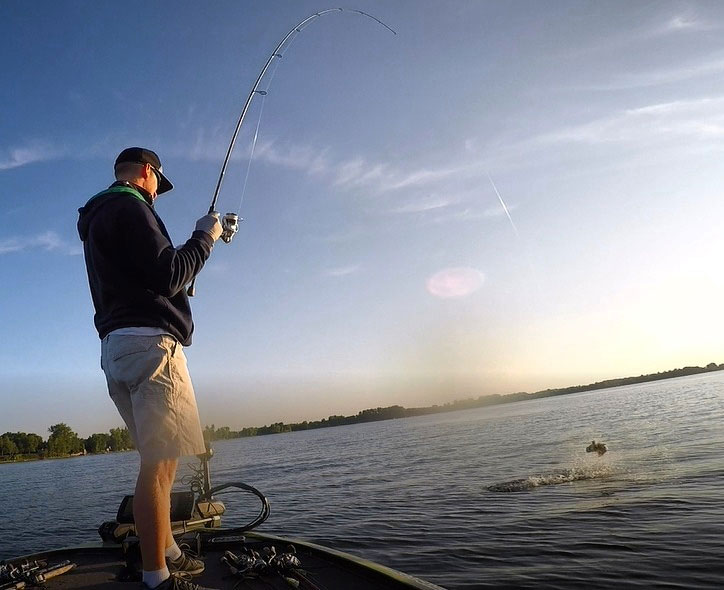
Reel selection is also important. A fast gear ratio helps a great deal because smallmouth will often pick up the bait and dart towards the boat at unbelievable speeds. A high speed reel will help an angler catch up to the fish to set the hook. It is vital that the reel places the line on the spool tightly. Spinning reels are notorious for tangling line and causing a big mess. This is a result of the reel not spinning the line on tightly. Unfortunately, the reels with a higher price tag are the ones that deal with this best.
Tubes can be Texas rigged, placed on drop shot rigs, Carolina rigs, split shots, or used as a punch bait. It is versatile, but overall for smallmouth, nothing is more effective than inserting a leadhead hook and leaving the hook exposed. These leadheads come in all sizes. Use the lightest weight that will keep it in contact with the bottom – a ¼ ounce is a good start. Tubes also come in countless colors and sizes, but green pumpkin and watermelon colors between 3-4 inches work nearly everywhere.
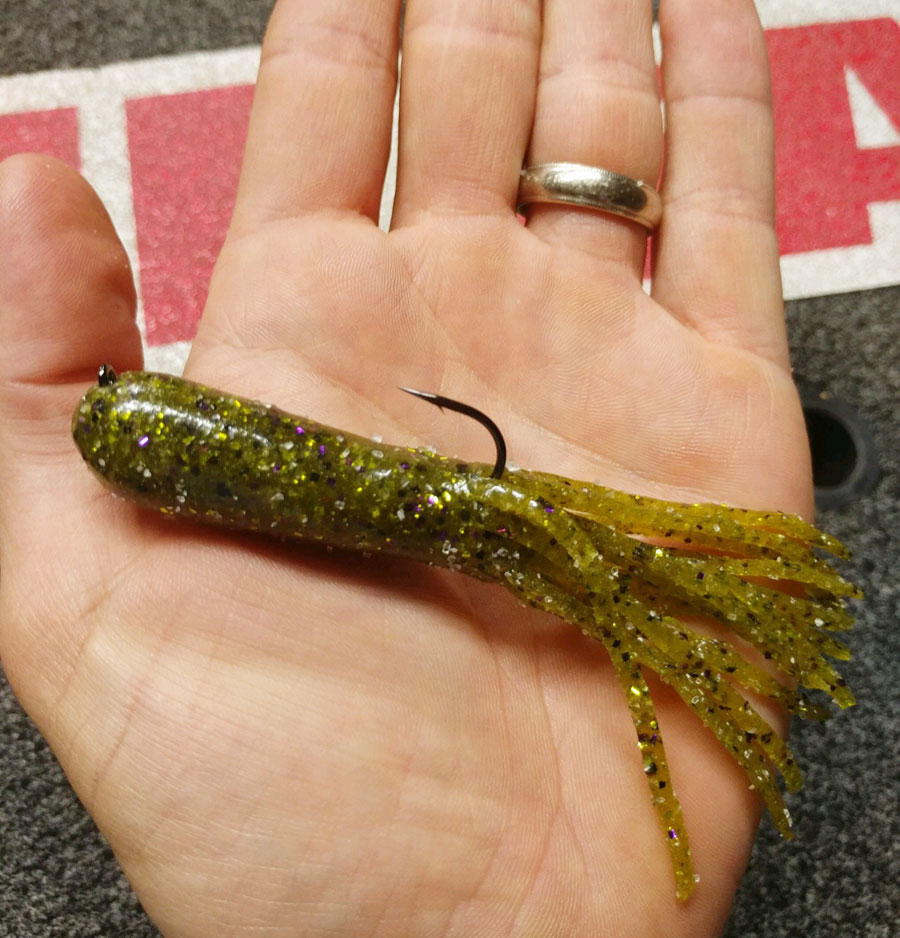
Where to Throw Tubes
Flats with sporadic structure are the best places to look for roaming smallmouth bass. Wherever rocks are present is a prime area. Crawdads are often thought of as synonymous with rocks, but weeds actually hold many more crawdads than rocks. So do not be shy to toss tubes around sporadic weeds. The exposed hook, however, makes it a poor choice around heavy structure and weeds.
Smallmouth bass gorge during the fall to prepare for the winter, and a tube is certain to trick them. Enjoy battling the strongest pound for pound fish on light line.
And of course, before you do any sort of battling on the water, protect your investment with Megaware’s line of boat protection products. If you haven’t already, be sure to install a keelguard, because the only damage you should be doing out there is to smallmouth bass.

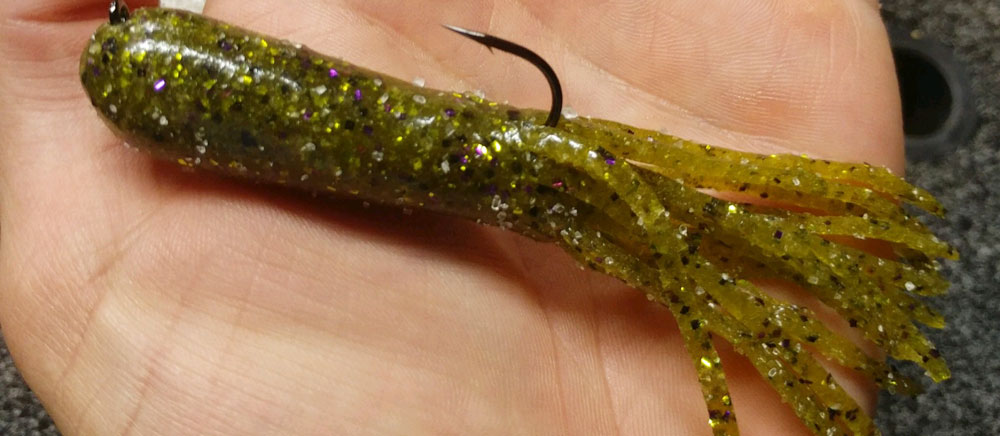
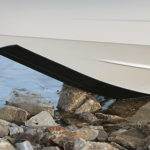

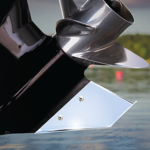

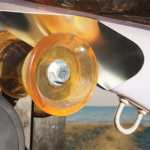
Comments